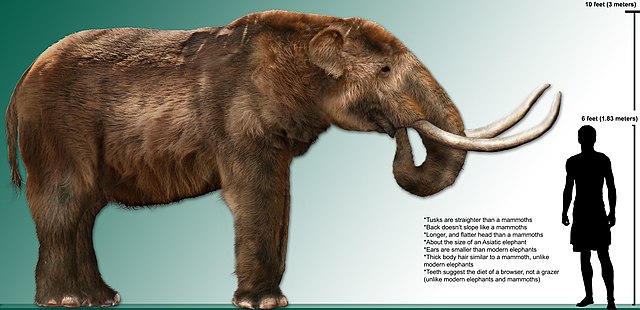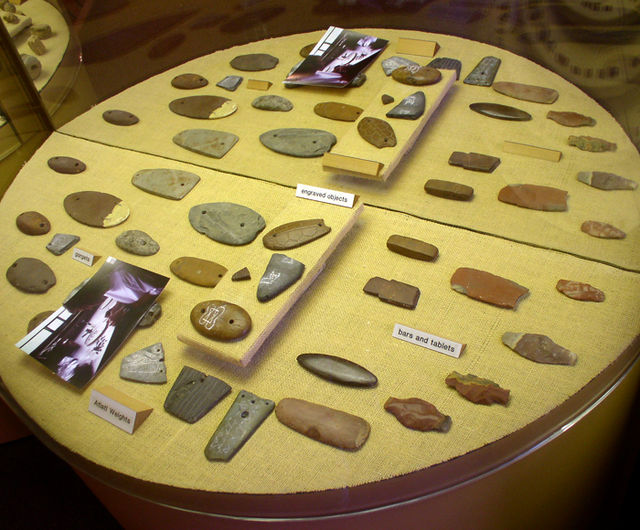The Folsom tradition is a Paleo-Indian archaeological culture that occupied much of central North America from c. 10800 BCE to c. 10200 BCE. The term was first used in 1927 by Jesse Dade Figgins, director of the Denver Museum of Nature and Science. The discovery by archaeologists of projectile points in association with the bones of extinct Bison antiquus, especially at the Folsom site near Folsom, New Mexico, established much greater antiquity for human residence in the Americas than the previous scholarly opinion that humans in the Americas dated back only 3,000 years. The findings at the Folsom site have been called the "discovery that changed American archaeology."
The Lindenmeier site, near Fort Collins, Colorado was a large Folsom settlement. Bison were driven into the arroyo and killed there.
Paleo-Indians were the first peoples who entered and subsequently inhabited the Americas towards the end of the Late Pleistocene period. The prefix paleo- comes from the Ancient Greek adjective: παλαιός, romanized: palaiós, lit. 'old; ancient'. The term Paleo-Indians applies specifically to the lithic period in the Western Hemisphere and is distinct from the term Paleolithic.
The Paleo-Indians, also known as the Lithic peoples, are the earliest known settlers of the Americas; the period's name, the Lithic stage, derives from the appearance of lithic flaked stone tools.
The Mammut americanum (American mastodon) became extinct around 12,000–9,000 years ago due to human-related activities, climate change, or a combination of both. See Quaternary extinction event and Holocene extinction.
Atlatl weights and carved stone gorgets from Poverty Point




